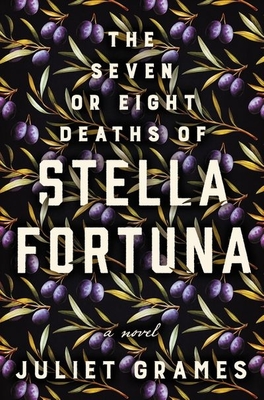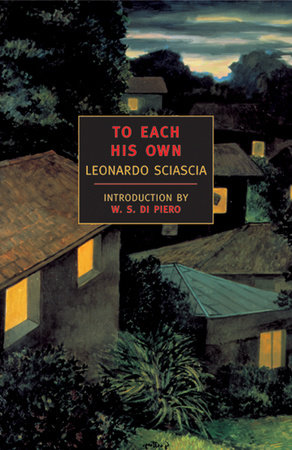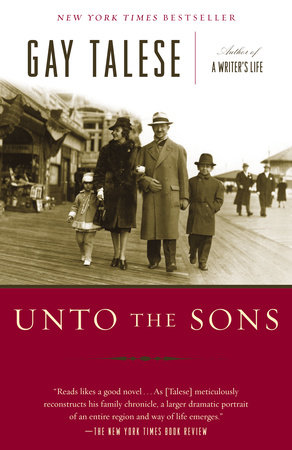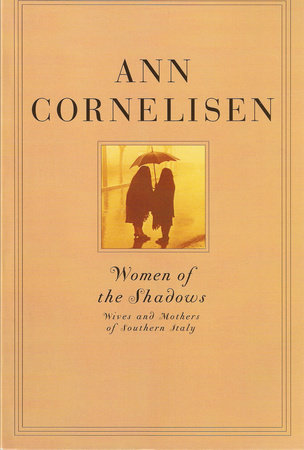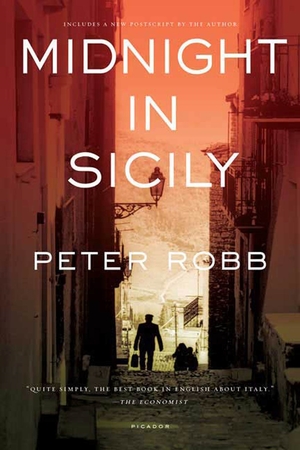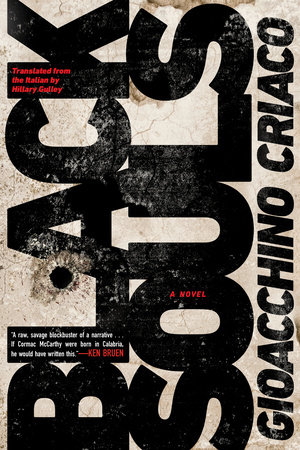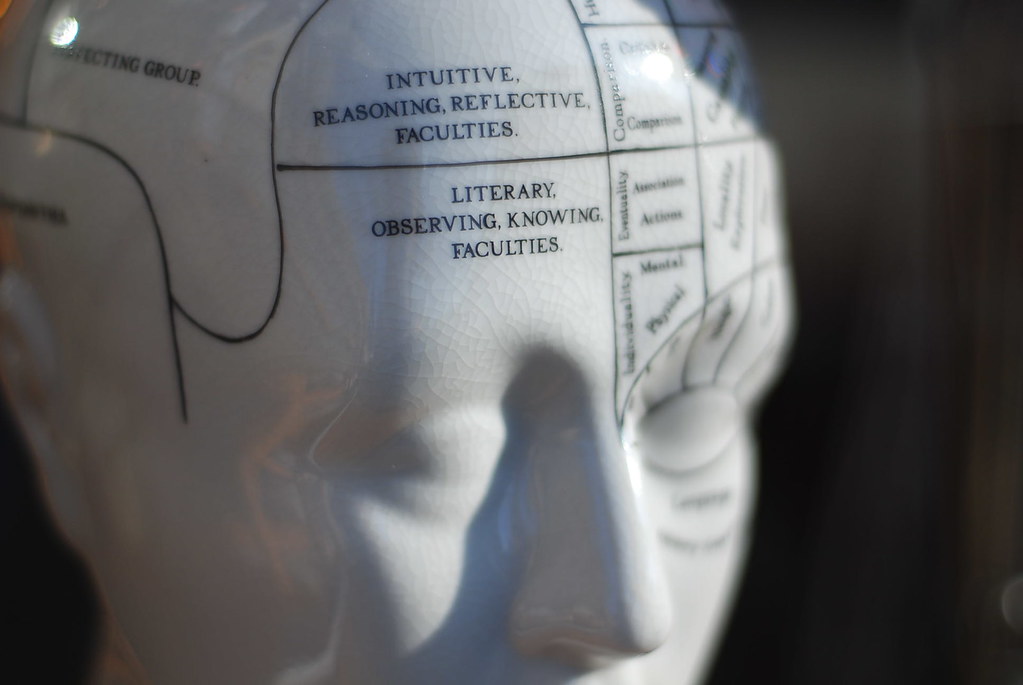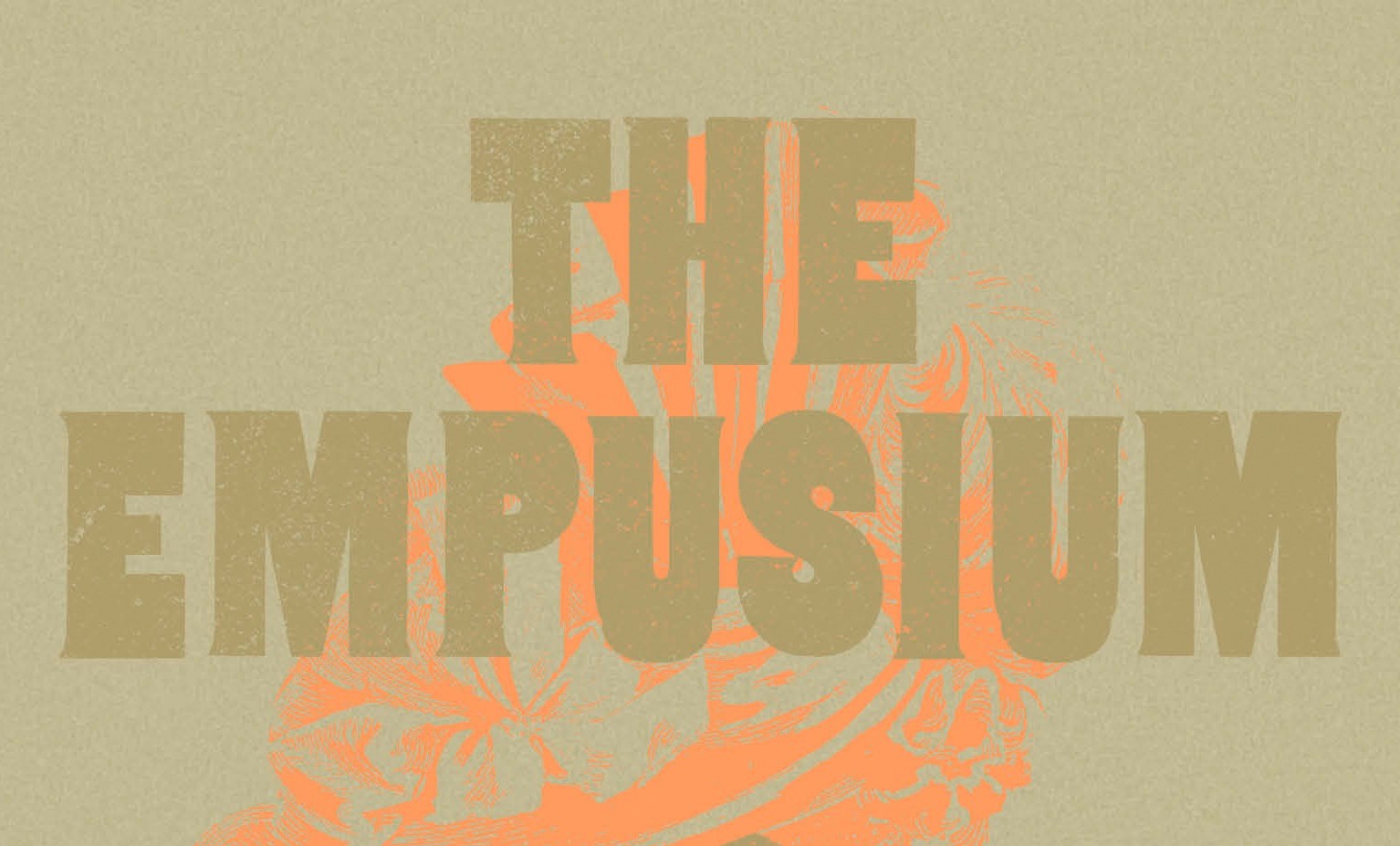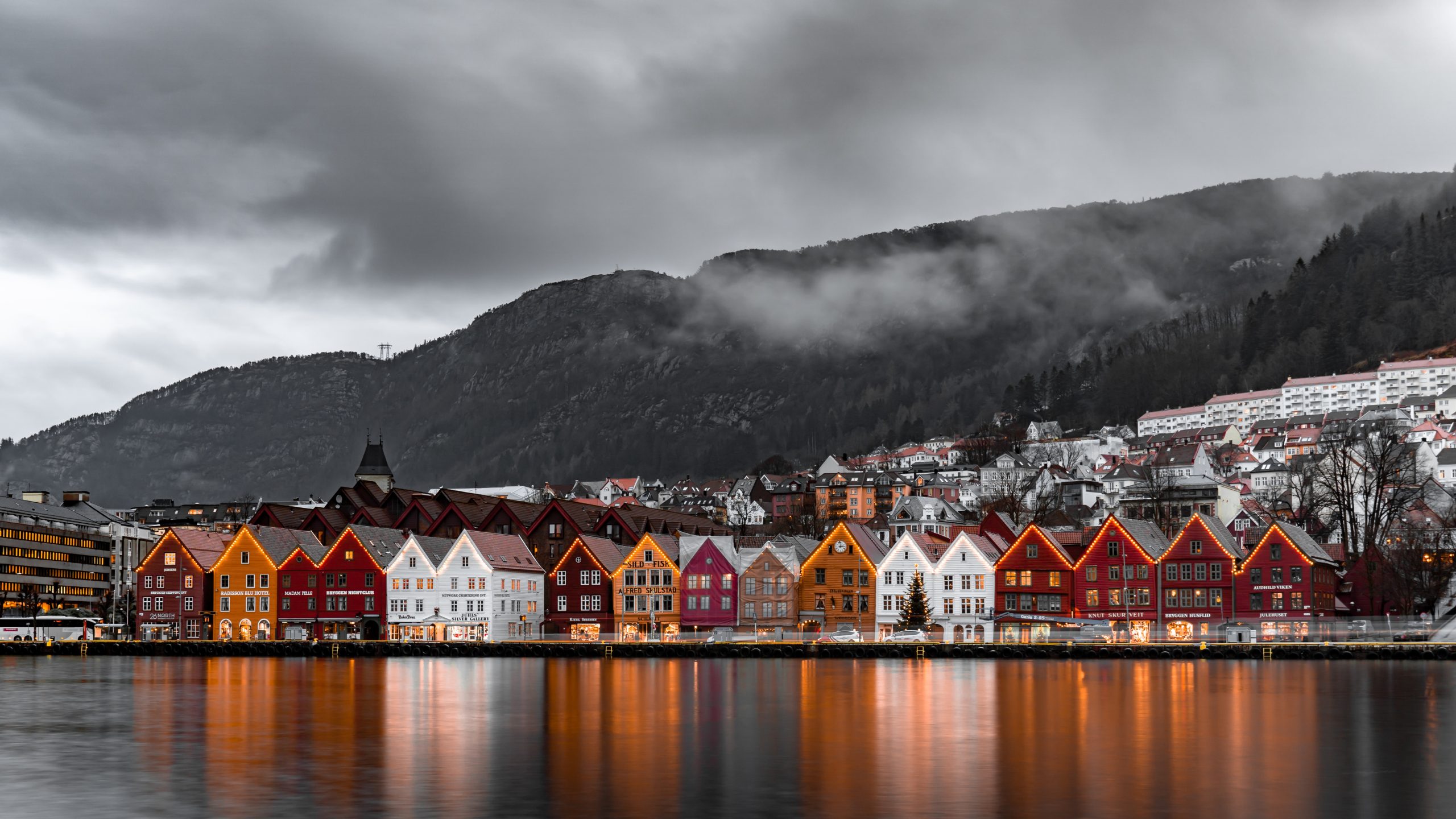Reading Lists
12 Books Set in Southern Italy
From a Sicilian crime novel to a Calabrian coming-of-age story, Juliet Grames recommends literature from the Mezzogiorno
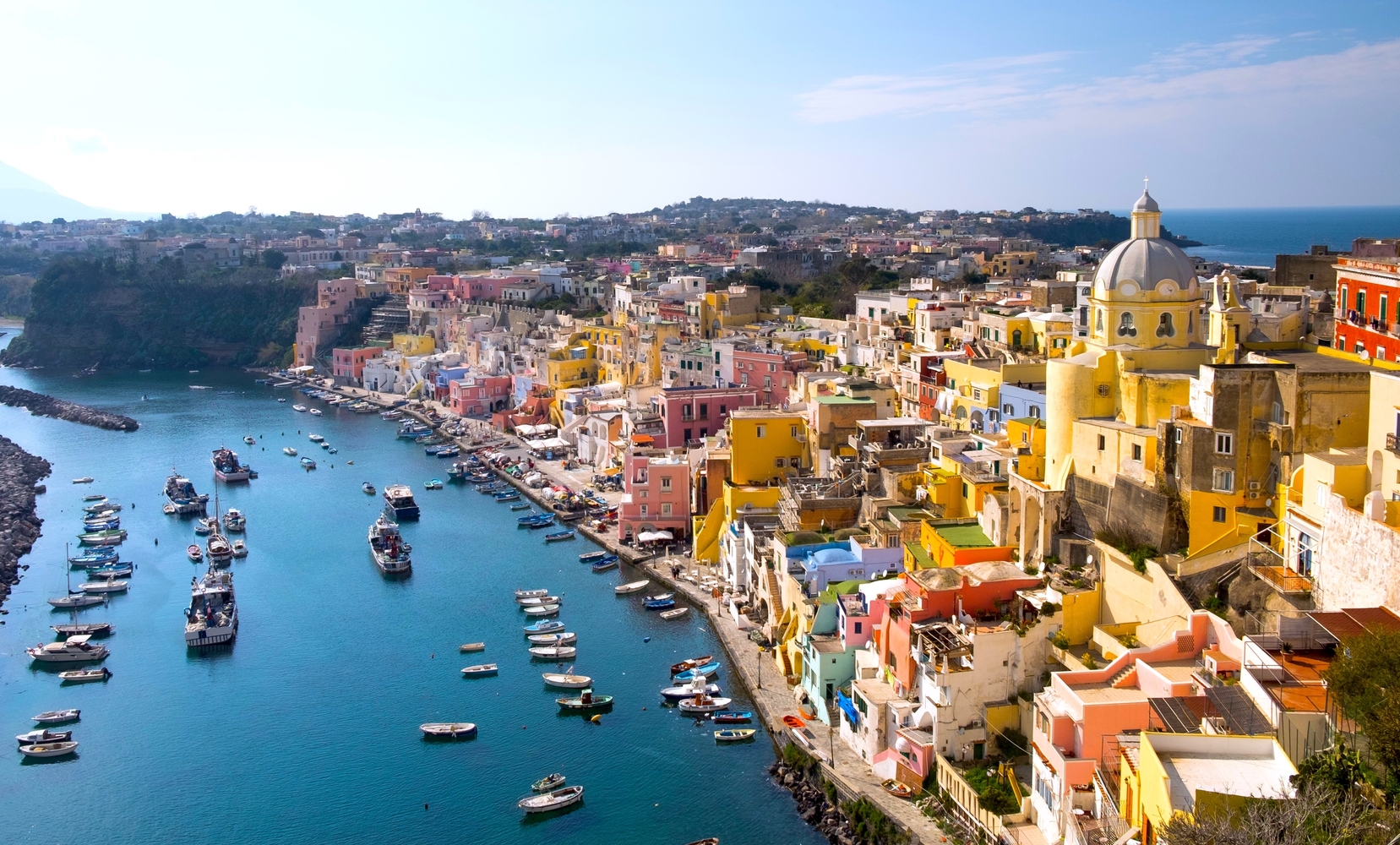
The Italian South is a part of the world in which many Americans have roots. The Mezzogiorno, as it’s known—which includes the states of Sicily, Calabria, Campania, Basilicata, Puglia, Abruzzo and Molise—is where the majority of 5 million Italian emigrants departed from before arriving in America. It is a place of great natural beauty, complexly layered multiculturalism, and spellbinding storytelling—very much worth reading about. But it is still overlooked for its cultural capital, misunderstood because of its complicated and often tragic past, and ignored by tourists.
My novel, The Seven or Eight Deaths of Stella Fortuna, was inspired by my own Calabrian family’s history, and in order to write the portions set in Calabria at the turn of the 20th century I tracked down and read every single book I found any mention of with a connection to the place and time period. Unfortunately this reading didn’t take me as long as it should have because of the dearth of literature from and about these fascinating provinces.
Because of 400 years of feudal exploitation under Spanish colonial rule, the Italian South was repressed in a way the North was not. While literature and art flowered in Florence and Venice and scientific theory at universities in Bologna and Pisa, Southern peasants toiled to stay alive under merciless foreign rule, and the Mezzogiorno became labeled a cultural backwater no one bothered to visit, never mind write about. In some areas, literacy rates through the 1920s were below 5%, meaning there were no native chroniclers able to argue for their own perspectives. The challenge of writing about a woman like my grandmother—a young, illiterate peasant woman living in the remote hills of Calabria in the 1910s and 1920s—seemed overwhelming.
But of course if you dig deep enough you’ll find the treasures of a hidden body of literature, and it turns out Southern Italian literature, though often not well-known, has much to offer. I’m compiling this starter reading list in hopes it inspires others to experience the mélange of tradition, tragedy, sorcery, religion, pageantry, honor, sugar and garlic that typifies the region.
To Each His Own by Leonardo Sciascia
Each of mid-century Sicilian author Sciascia’s short, hair-curling crime novels is exquisite and creepy, but To Each His Own is my favorite. It’s the story of a morally upright and sadly naive professor who tries to help solve a double homicide. Like all Sciascia’s books, the cost of corruption is evident at every turn in the plot.
Unto the Sons by Gay Talese
Talese’s 1992 memoir-cum-family history traces his father’s family back to their origins in Maida, Calabria, through his own childhood in New Jersey. For me, the most powerful passage of this long and richly detailed book is the account of his uncle Antonio’s time serving as a soldier in World War I—a horrifying and rarely recorded piece of history tempered by Antonio’s good-humored gumption.
Women of the Shadows by Ann Cornelisen
Cornelisen, who spent the 1960s in Abruzzo and Basilicata working for the charity Save the Children, wrote several critically acclaimed memoirs and novels inspired by her time there. Women of the Shadows is organized into profiles of several women in “Torregreca,” Cornelisen’s anonymizing name for the Basilicata city of Tricarico. It glitters with poignant and revelatory details and captures the struggle—often the futility—of daily life in the post-War years. It is also a thought-provoking meditation on the ingrained cost of patriarchy.
The Leopard by Giuseppe Tomasi di Lampedusa
Published posthumously in 1958, this lushly nostalgic novel depicts the dissolution of the Italian nobility through the lens of a Sicilian prince who watches his power erode over the years of Italian unification and political reform. I would like to express frustration, however, that the title is always translated as “The Leopard” when in fact “gattopardo” means “ocelot.”
Murder in Matera by Helene Stapinski
This memoir-cum-family history deep-dives into Stapinski’s family roots in Basilicata, where her mysterious great-great-grandmother emigrated from under strange circumstances and with a reputation as a murderess. Stapinski’s relentless journalistic investigation eventually reveal the heartbreaking truth while also shedding light on the realities of daily life for the 19th century Southern Italian peasant.
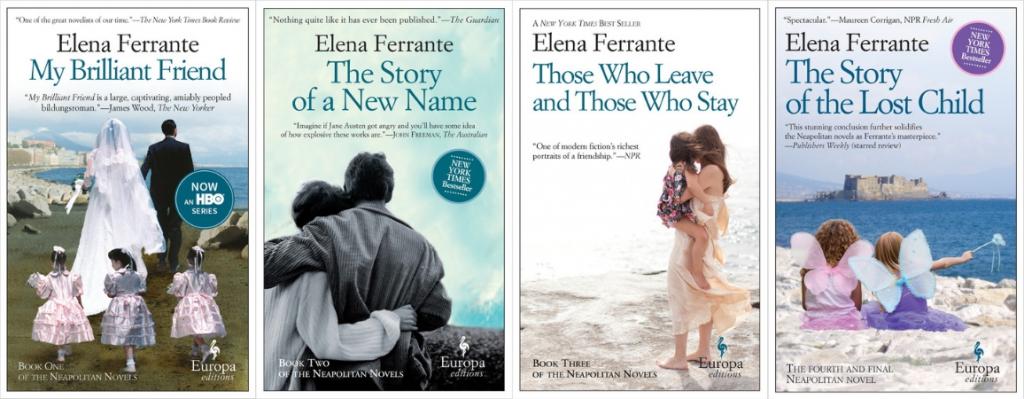
The Neapolitan Quartet by Elena Ferrante, translated by Ann Goldstein
They’ve taken the literary world by storm with good reason. Ferrante’s tetralogy (beginning with 2012’s My Brilliant Friend) are not only painfully engrossing chronicles of two separately fascinating women’s entwined lives, they are also riveting portraits of Naples in the 1960s.
Midnight in Sicily by Peter Robb
Another memoir-cum-history in which the author weaves observations gleaned from his journalistic assignments in Sicily with a comprehensive and sobering history of Cosa Nostra. A dense but engrossing read that illuminates the effect of organized crime on every aspect of Southern Italian society. As Robb proves, it is unfortunately impossible to understand the Italian South over the last two centuries without addressing the ugliness of the mafias.
Blood Brotherhoods by John Dickie
If you have stamina for even more comprehensive treatment of organized crime, don’t miss John Dickie’s Blood Brotherhoods, a very readable scholarly history of three Southern Italian mobs: Sicily’s Cosa Nostra, Naples’s Camorra, and the one that scares and fascinates me the most, Calabria’s ’Ndrangheta. Dickie assembles obscure sources to create a convincing narrative about the secret origins, rites, and exploits of all three syndicates.
Black Souls by Gioacchino Criaco, translated by Hillary Gulley
Full discloser: I acquired and edited this book myself for Soho Press, but it was because I was so desperate to have a translation available in English. I came across this coming-of-age story about three young men from Calabria’s Aspromonte mountains during my research for my own novel, and became obsessed with its morally complex depiction of this fascinating isolated area, home of the brutal ’Ndrangheta.




